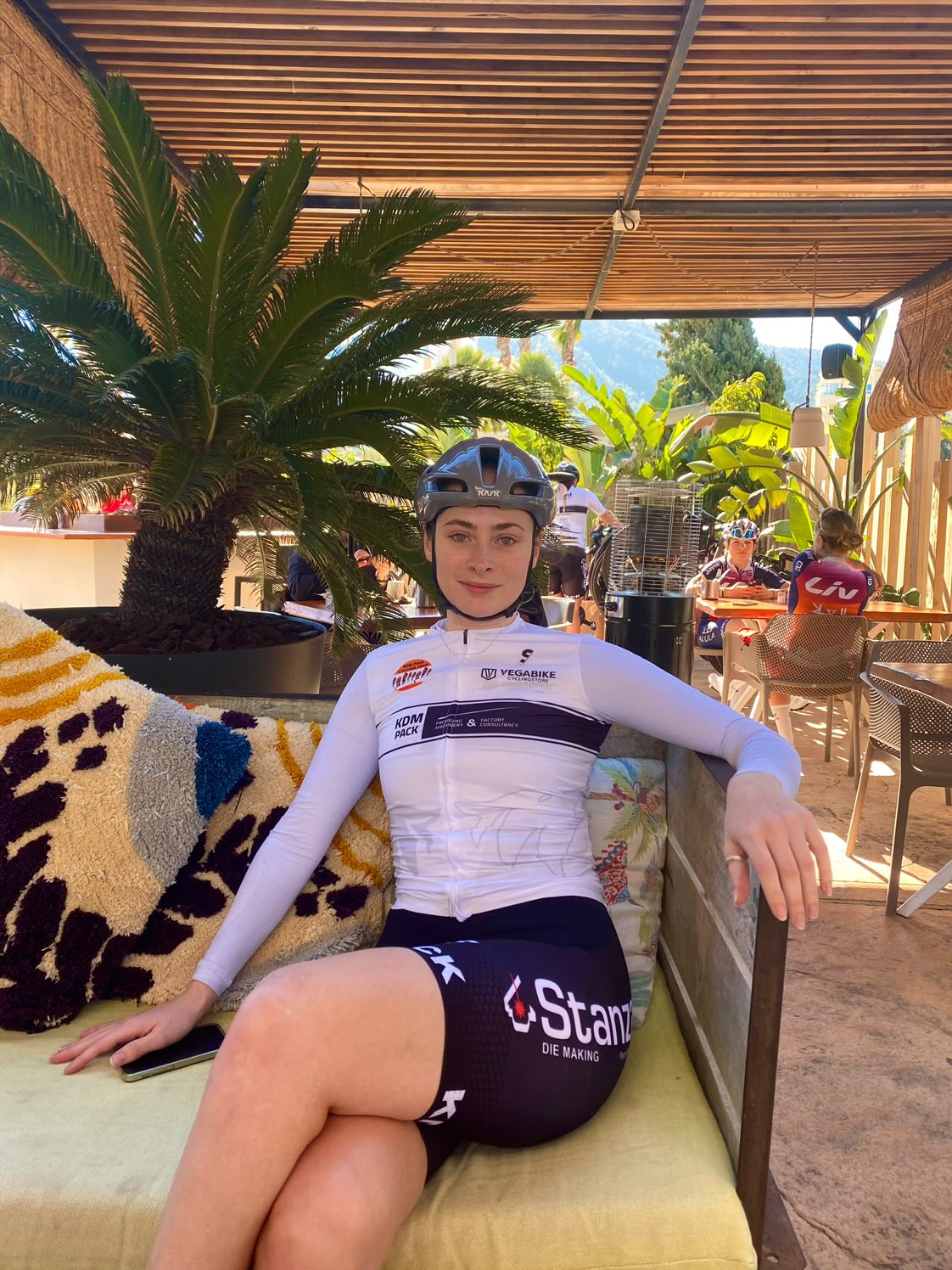How much protein do cyclists need? Nail your recovery with this guide
Confused about how much protein you need, where to get it from and when to take it? We've got the answers for meat-eaters, vegans and vegetarians alike…
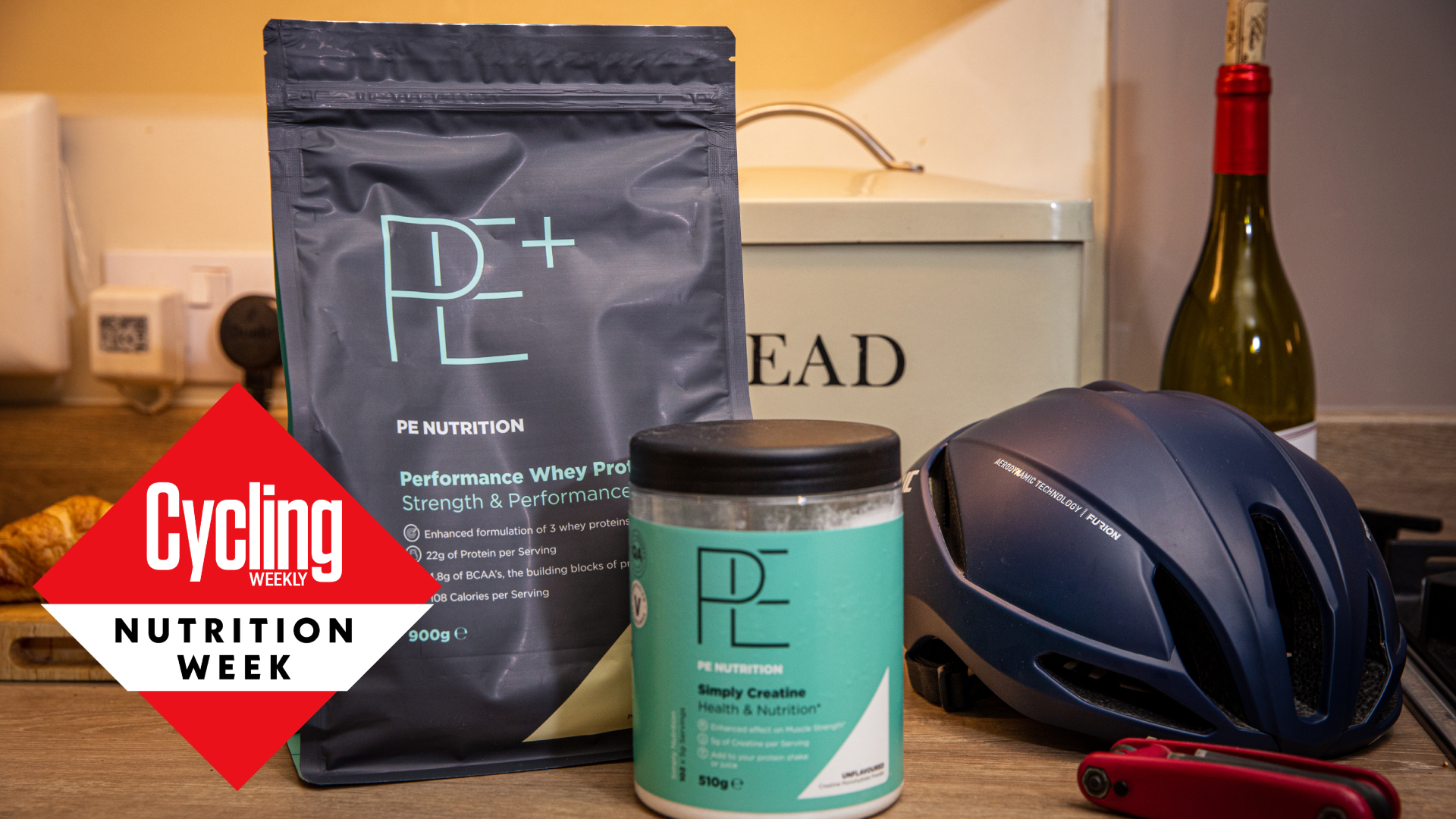
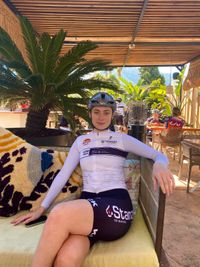
Anna Marie Abram
Whether you ride a bike for leisure and keeping generally fit or if you're a hardened crit racer, the question "how much protein do I need as a cyclist?" remains equally as important to answer.
Most people are aware of roughly how many calories adult humans should consume, but protein can sometimes be overlooked or a confusing subject, with there being so much differing advice out there.
Although most commonly associated with bodybuilding and gym work, protein is essential for making the most of effort you've put in when cycling, no matter whether you identify as a sprinter, a long-distance endurance rider or anything in between. Protein is crucial to recovery and without it you may not reap the benefits of the hard work put in.
But how much do cyclists need?
As mentioned, there is a lot of conflicting information on the internet surrounding this aspect of cycling nutrition, especially amongst social media from self certified experts, on the topic of how much protein we need for cycling. That's not to mention the pontifications on whether being a vegan or vegetarian can still support the protein requirements of cyclists – at whatever level.
We spoke to Dr Tim Podlogar - a postdoctoral researcher at Birmingham University and also a nutritionist for Bora-Hansgrohe - to help clear up any uncertainties about how much protein cyclists need which is important for getting the most out of your riding, and also to maintain your health.
Suggested protein intake
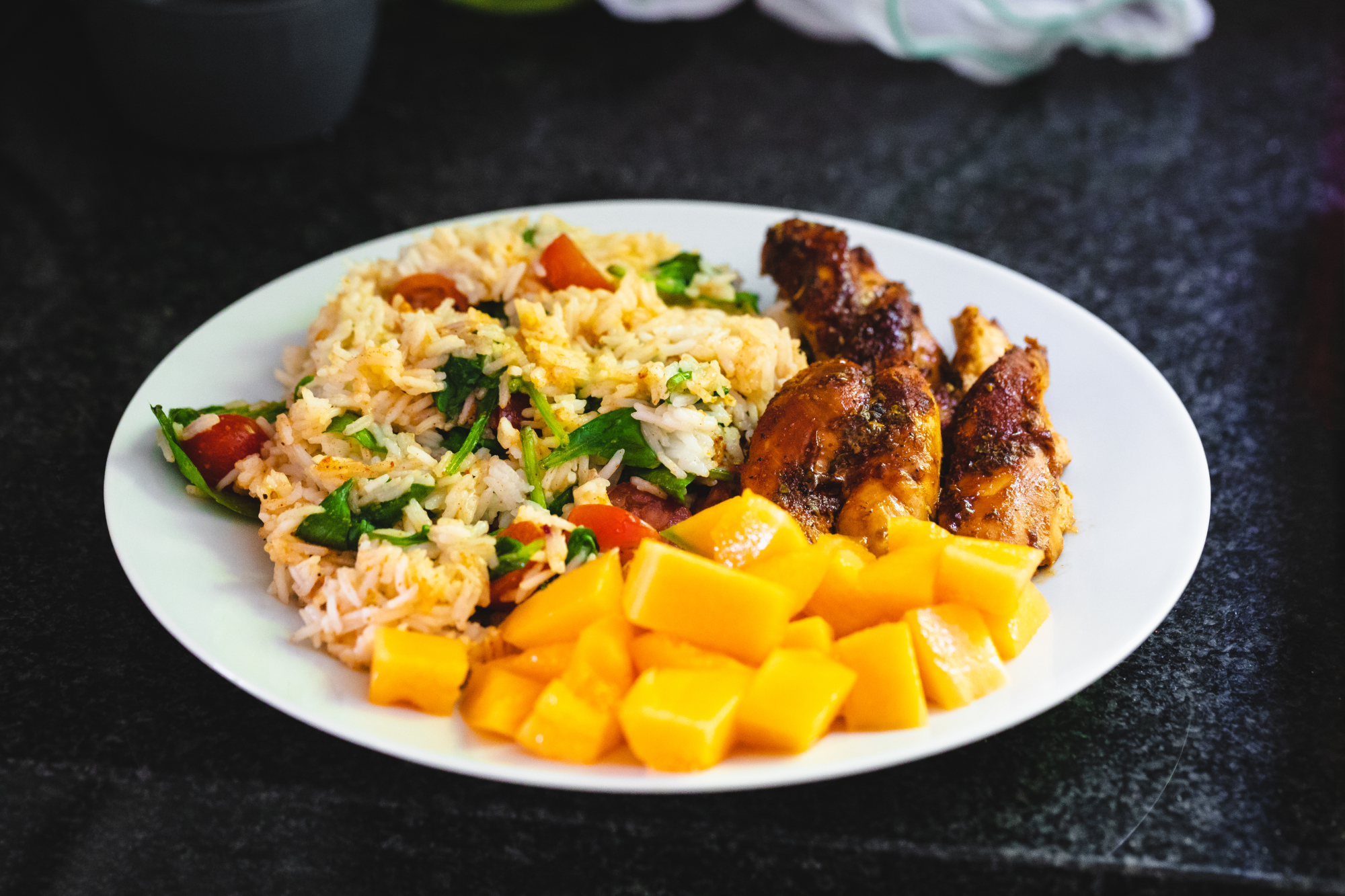
First and foremost, by definition, proteins are ‘a class of nitrogenous organic compounds which have large molecules composed of one or more long chains of amino acids and are an essential part of all living organisms, especially as structural components of body tissues such as muscle’. Therefore we know proteins are vital to ingest to keep yourself healthy.
The latest race content, interviews, features, reviews and expert buying guides, direct to your inbox!
Knowing how much protein to consume at meal times as well as throughout the day as a cyclist can sometimes be a little confusing. But getting it right is paramount in order to maintain and support your muscles in repairing and strengthening themselves adequately. Dr Tim Podlogar says that the general guideline for protein intake in endurance sports has been 1.2 to 1.4 g/kg for numerous years.
Interestingly however, he adds that this has now been challenged by a more recent school of thought which suggests that “athletes would have benefitted from more protein than this and we can see suggestions that 1.7 to 2.5 g/kg would be optimal for endurance athletes”. Therefore if you are serious about racing the latter would be a more suitable rule to adhere to when considering daily protein intake.
Dr Podlogar advises that the maximum protein portion size “as a rule of thumb, would lie somewhere between 20 and 40g of high-quality protein, preferably of animal origin as this way we ensure very good amino acid composition”.
[It is possible to get a complete amino acid profile from vegan protein sources too – Ed.]
“This advice comes from research that has shown that protein synthesis can be optimally stimulated with ingestion of 20 to 30g of protein after most exercise sessions and that perhaps 40g would be required for whole body exercise, such as a strength training workout at the gym”.
But, contrary to some claims, can we ingest more protein than this? Well, interestingly Podlogar also stated: “If one ingests more protein than this, the amino acids released simply get oxidised, so there could be no harm done.”
How to optimise your protein strategy for cycling
Now that you have a solid idea of how much protein you need to consume daily, as well as having a reliable guideline on how many grams are needed within each meal, do you need to – or would you benefit from – adjusting your protein strategy depending on the personal circumstances?
First off, protein consumption may vary depending on the activity level of the individual, as Dr Podlogar points out: “Training volume and type of exercise are the most important determinants of protein requirements. For instance, the higher the training volume or the intensity, the bigger the degree of muscle protein breakdown and consequently more protein is required”. Therefore you would be right in looking to consume more protein in correlation with more intense training such as a HIIT cycling workout.

How much protein do you need after cycling
The first 20 minutes after a ride is known to be the optimal refuelling period where nutrients are taken up more efficiently and transported to the muscle stores. Refuelling with real food after cycling with a carbohydrate-rich meal that includes 0.4g of protein per kilo of bodyweight.
If you’re looking for a quick solution post-ride, here’s a round up of today’s best recovery drink and bar deals…
Dr Podlogar also highlights the importance of not only protein but also carbohydrates around such exercise, stating: “For effective recovery after cycling, optimal carbohydrate intake is also required and putting an emphasis only on protein can lead to suboptimal performance and even overtraining.” For that reason, it’s important not to neglect all your body's overall nutritional needs if you want maximum gains.
In addition to nutrition and protein intake around training, Dr Podlogar recommended not to add protein into your feeding strategy while exercising, advising that in “maintaining high carbohydrate availability with sufficient carbohydrate ingestion during exercise, we make sure that the protein breakdown is minimised”.
“Be aware that some sort of protein breakdown is necessary for inducing adaptations and we do not really want to completely suppress it”. So there it is, you don’t need to reach for the expensive protein rich snacks mid-session.
It’s important to note that when ill or injured and thus not training, it’s important to preserve your muscle mass. Dr Podlogar suggests that if the protein intake remains to be high and equates to 2 to 2.5 g/kg then it can help offset some negative effects of time off the bike. Therefore, protein can undoubtedly be your friend in these frustrating circumstances.
How can women optimise their protein intake for cycling?
For those of you who have menstrual cycles, you might be wondering how to harness your hormones, and more specifically, if your protein consumption should change during different times of the month in order to retrieve optimal adaptation from training; it doesn’t really make a huge difference.
Dr Tim Podlogar explains: “In theory, high oestrogen levels have been shown to attenuate protein breakdown which is a characteristic of the follicular phase” but in the luteal phase, “a low oestrogen to progesterone ratio can increase protein catabolism and thus could indicate that protein requirements in the luteal phase are somehow higher”.
Although adding, “we are not talking here about massive difference. In the worst case scenario, we talk about 0.2 g/kg of protein per day, which is around 10-15 grams and in practice is likely not meaningful”. Therefore, the science suggests that it’s not necessarily something that needs to be considered.
How can vegetarian and vegan cyclists optimise their protein intake for cycling?
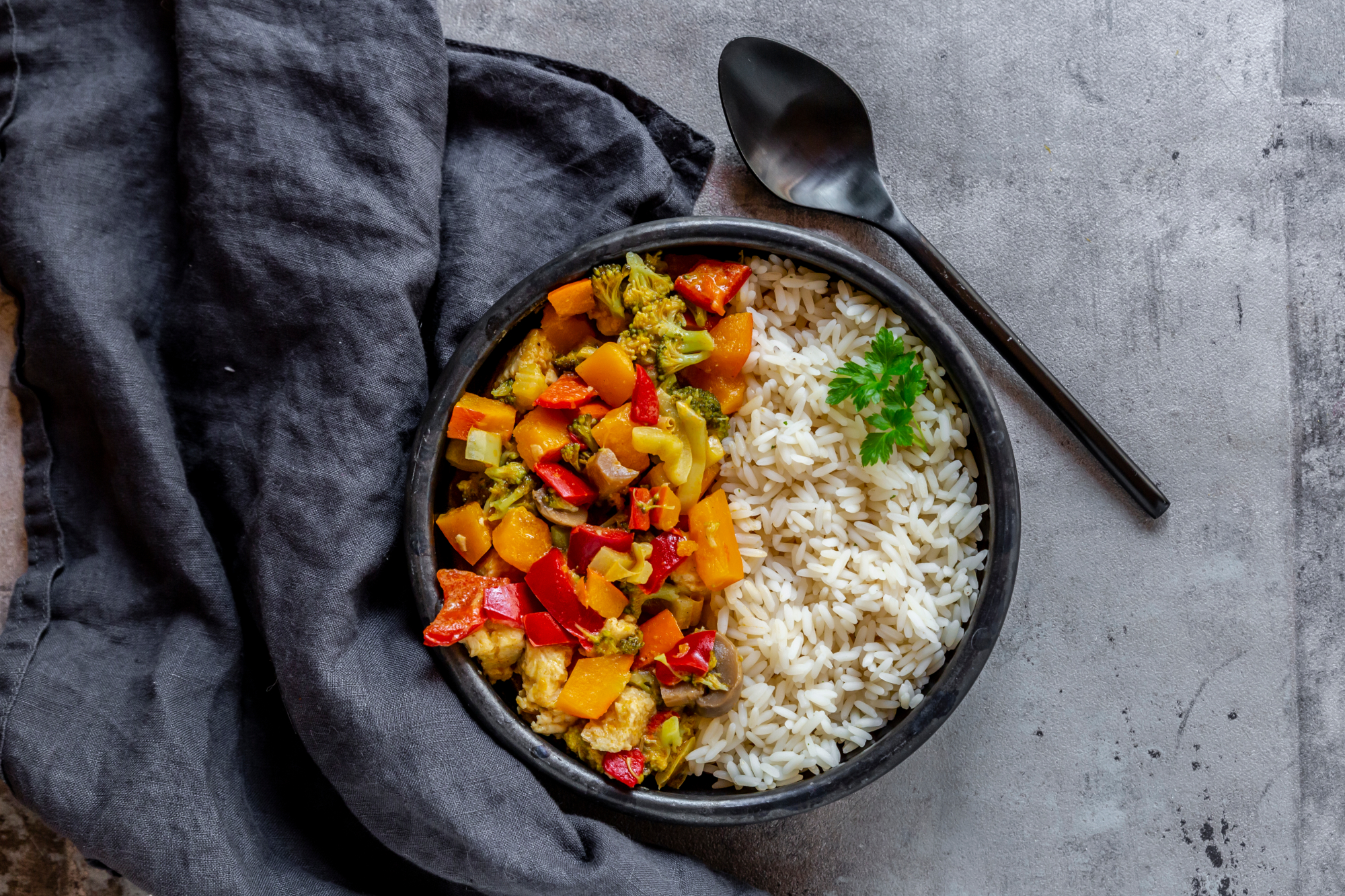
Not forgetting the ever growing plant based and vegetarian (or even just flexitarian) community within cycling - how can people with this dietary requirement ensure they obtain enough protein?
Dr Podlogar believes that “as long as one is aware that protein intake is important, then it is not too problematic to obtain enough as a vegan or a vegetarian athlete”. However, he did suggest: “It is often recommended that slightly more protein is ingested on a plant-based diet to account for reduced bioavailability of amino acids”.
Conveniently, he also recommended that vegan and vegetarian cyclists can “increase protein intake by taking some plant-based protein recovery drink powders that are becoming more and more popular” which is definitely a very handy method given the availability of said protein powders already.
Although, if you race, it is important to note that ensuring your protein (as with any other sports nutrition) is batch tested and Informed Sport certified: you don’t want to accidentally fail an anti-doping test due to contamination.
However, it’s important that those within this group obtain all the necessary amino acids, which Dr Podlogar encouraged through “a varied diet and combining different plant-based protein sources so that if one protein source lacks a certain essential amino acid, one gets it from another source”.
However, overall “protein sources like soy, bean, pea, rice and potato offer similar results when it comes to muscle protein synthesis as animal-based products as soon as the quantity of protein is slightly higher to account for lower bioavailability and perhaps slightly less optimal amino acid composition”. Therefore, it’s entirely possible – and a lot simpler than many may believe – to consume enough protein with a vegan diet. However, it does still require a certain amount of thought and consideration.
Similarly, just regarding vegan diets, ensuring leucine intake can potentially seem a little tricky given for vegetarians it’s found in a lot of dairy. But, thankfully it’s still possible with “leucine enriched plant protein sources” although “soy and rice based protein sources are pretty high in leucine”.
Though, Dr Podlogar did add that for vegans wanting to ensure optimal leucine intake that “perhaps it is somehow better to have bigger protein portions, so 30 to 40g rather than 20 to 30g of protein at the main meals of the day to make sure there is enough leucine at each and every meal”. Therefore as long as you're mindful and eating enough, you should have this one covered as a vegan athlete quite easily.
No matter what your dietary requirement or sex, hopefully now you have the tools and knowledge needed to adjust, or even carry on with, your current protein intake. Which of course, should be consumed alongside a varied diet with enough calories to see you through whatever adventures your bike takes you on.
Other benefits of protein for cyclists
Protein reduces calorie intake
Adding a little more protein to a meal or snack can lead to fewer calories being consumed over the day. Having a handful of unsalted nuts with a piece of fruit could stop you reaching for snacks later.
Adding protein to a snack takes the edge your appetite, because it increases the release of hormones that signal feelings of fullness, so that you're not thinking about what's next in line to eat.
An apple doesn't become an apple-plus-an-orange-plus-a-biscuit as you've achieved a feeling of contented fullness with the simple food combination of protein and carbohydrate.
Studies to back up this effect show that a higher protein snack can even be lower in calories than a carbohydrate-dominant one and still lead to a greater feeling of fullness. Data also indicates that for each gram of protein in a snack or meal, just under six calories less will be eaten in the next meal.
This may sound like a small number, but with a 10-20g portion of protein you can effectively reduce intake in a subsequent meal by 60-120 calories.
If you carried that effect across the whole day, eating 10-20g of protein in each meal then you could find it easy to cancel out between 300 and 600 calories without feeling hungry. This appears to be a new, exciting direction in nutrition science that has placed protein a step higher on the priority list when thinking about how to plan your meals.
Although, of course, it's important to make sure you don't end up under-fuelling – you can read more about RED-S and ensuring you have the energy for the work required here.
Protein reduces cravings
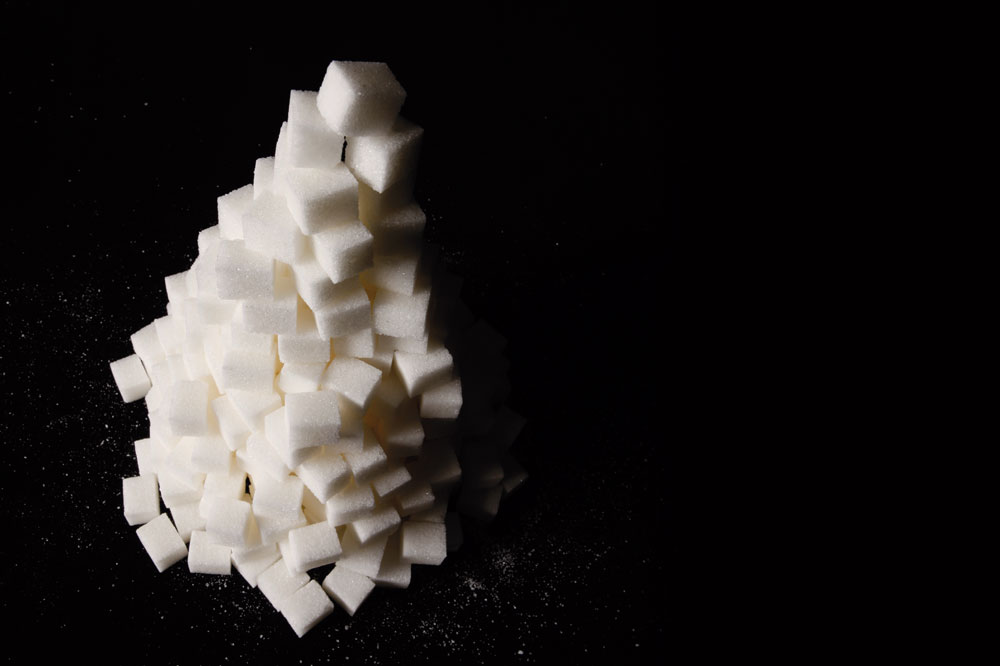
Including protein in an otherwise high carbohydrate dish will reduce the impact this meal has on your blood sugar. High carbohydrate meals supplying more sugars can lead to a spike in blood sugar followed by a subsequent dip, which can leave you feeling lethargic and trigger cravings for sugary foods.
Essential amino acids gain their name because your body cannot create them on its own, it must find them in food.
All proteins from meat, dairy and eggs are 'complete' proteins, meaning they contain all of the essential amino acids that your body needs. Vegans and vegetarians have to try a little harder. However, there are plenty of great sources. The soybean, as an example, contains all of the essential amino acids as does quinoa.
You may have heard sports nutritionists talking about how protein increases calorie burn and the research suggests it does this through a couple of different mechanisms.
Firstly, your body expends more calories digesting proteins than carbohydrates, so if you are maintaining weight on your current diet, simply reducing carbohydrate by 10 per cent and increasing protein by 10 per cent while keeping calories constant should result in weight loss without eating less!
The second mechanism by which protein increases calorie burn is by supporting lean muscle tissue. A slightly higher protein diet (25 per cent rather than 15 per cent protein) will support the retention of lean tissue far better than a protein poor diet. As each gram of muscle we have needs energy to survive, you will burn more calories each day if you have a good lean mass.
We're not talking huge numbers here, but when you consider just half an apple worth of calories could lead to gradual weight gain, even burning a few more calories each day will make weight loss much easier to achieve and maintain.
Protein increases sleeping metabolic rate

Getting more sleep can reduce your cravings for high-carb snacks
Protein not only increases the amount of calories you burn across the day, but has also been shown to increase your sleeping metabolic rate. The idea of burning more calories while you're asleep seems crazy, but the evidence is clear.
Again, this is gained with an increase in protein as a percentage in the total diet and has been illustrated at intakes between 25 and 30 per cent of total calorie intake and definitely does not require a commitment to a ‘high' protein diet that would compromise the intake of other nutrients.
Protein improves body composition
Many cyclists looking to climb hills faster will be aware that shifting a few pounds is often more effective and less expensive than trading in bike parts for lighter options. Protein can give you a head start here too.
Increasing the percentage of calories from protein while reducing calories slightly (with a 500 calorie maximum reduction from maintenance need) has been shown to lead to a greater loss of fat compared to cutting calories on a carbohydrate-dominant diet, retaining more of your muscle to help power you up those climbs.
Protein will not lead to an increase in size unless accompanied with many more calories
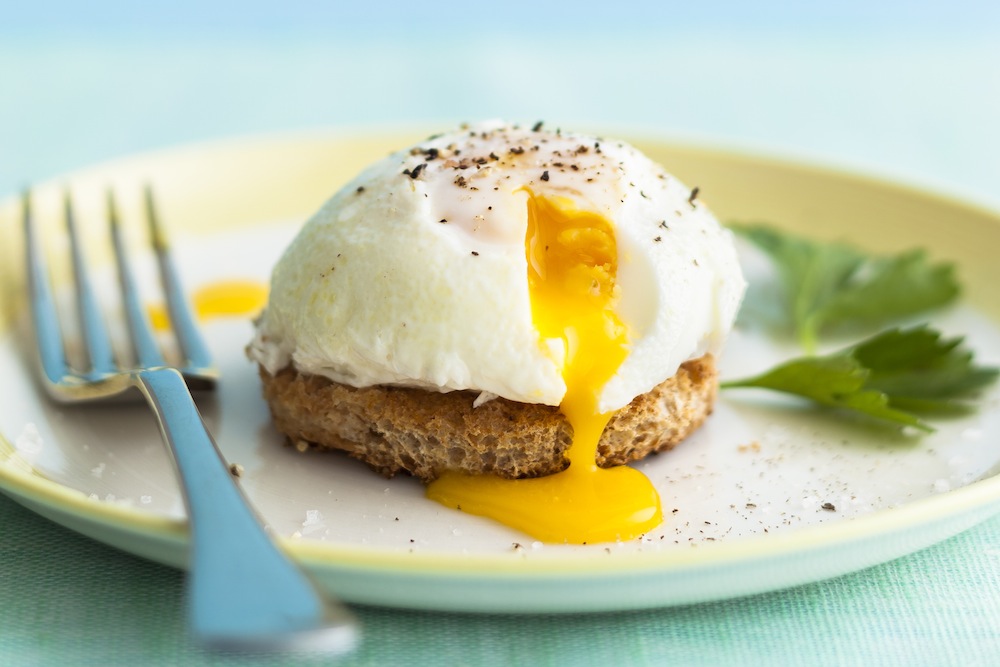
Cyclists have been likened to supermodels in their pursuit of a super-slim body, with a fear of anything that might make them heavier.
Often cyclists will avoid weight training, in the belief that it will add pounds of heavy muscle that they don't want to be carrying over a sportive, but smart weight training could improve their power and stability and help them avoid common cycling injuries.
The same is true for protein and with high protein meals being more often associated with the musclebound body of a weight-lifting gym goer, I can see where the fear of bulging muscles comes from.
Those that are looking to gain muscle do indeed require more protein, but this needs to be accompanied with a weights routine that includes heavy weights over short sets (the opposite of what's likely to be recommended to cyclists) and the vitally important ingredient is more calories.
A cyclist, ideally, should be eating 1.2-1.5g of protein per kilogram they weigh per day while meeting their calories for weight maintenance (or a slight reduction if looking to lose weight).
A gym goer looking to gain muscle should be eating at least 500 calories more than they need per day to gain extra muscle, and it will still take some time to add.
The reality for cyclists is that if you eat too many calories while eating adequate protein you could gain muscle. If your calories are balanced, however, you maximise muscle retention while maintaining or losing fat mass dependent on your intake of calories. Protein is filling, so if you up this, you are more likely to lose weight rather than gain it, as you become satisfied with fewer calories. It's all about balance.
Charlotte Broughton is a British rider, racing for the KDM-Pack women’s cycling team. An accomplished writer, she is a regular on the pages of Cycling Weekly magazine.
- Anna Marie AbramFitness Features Editor
